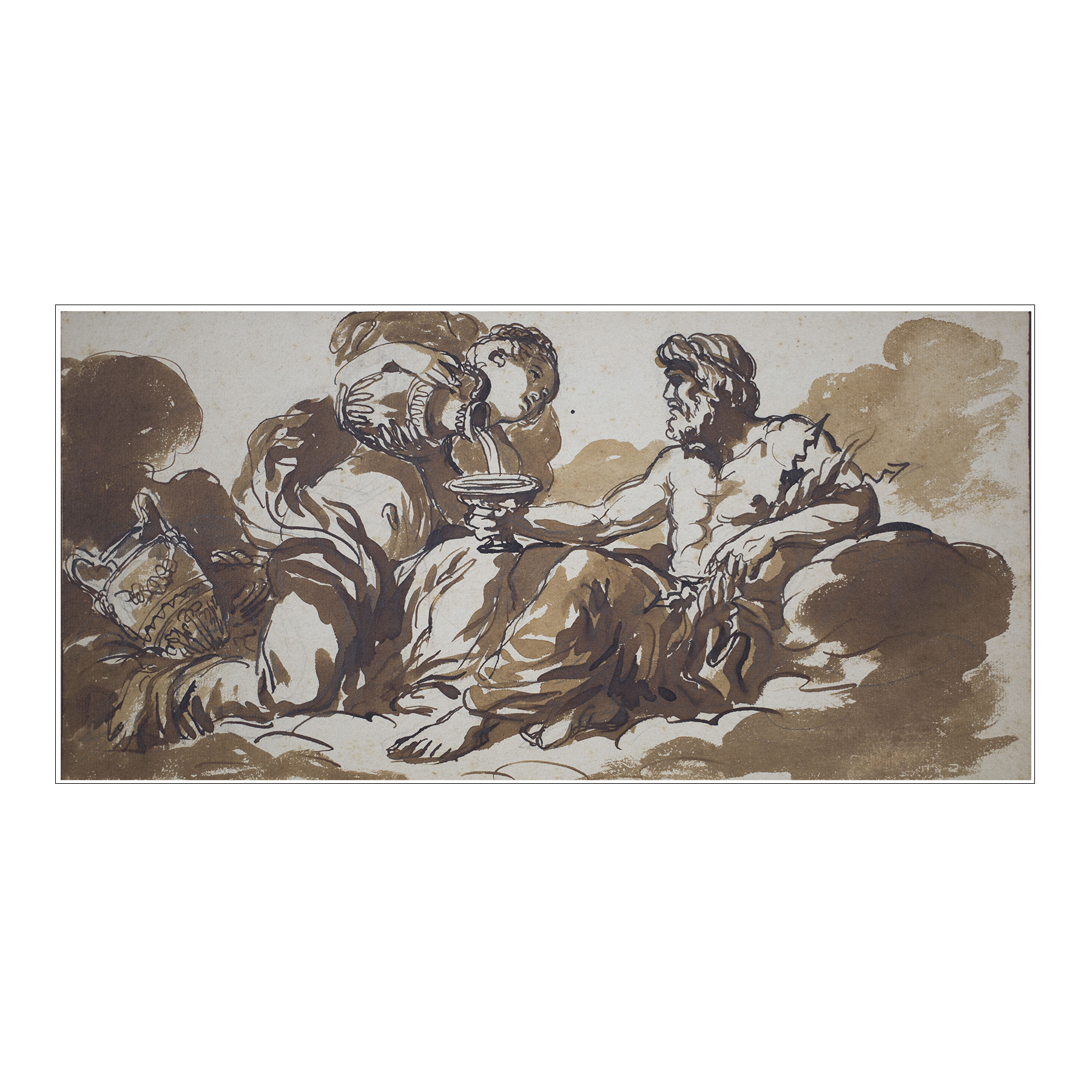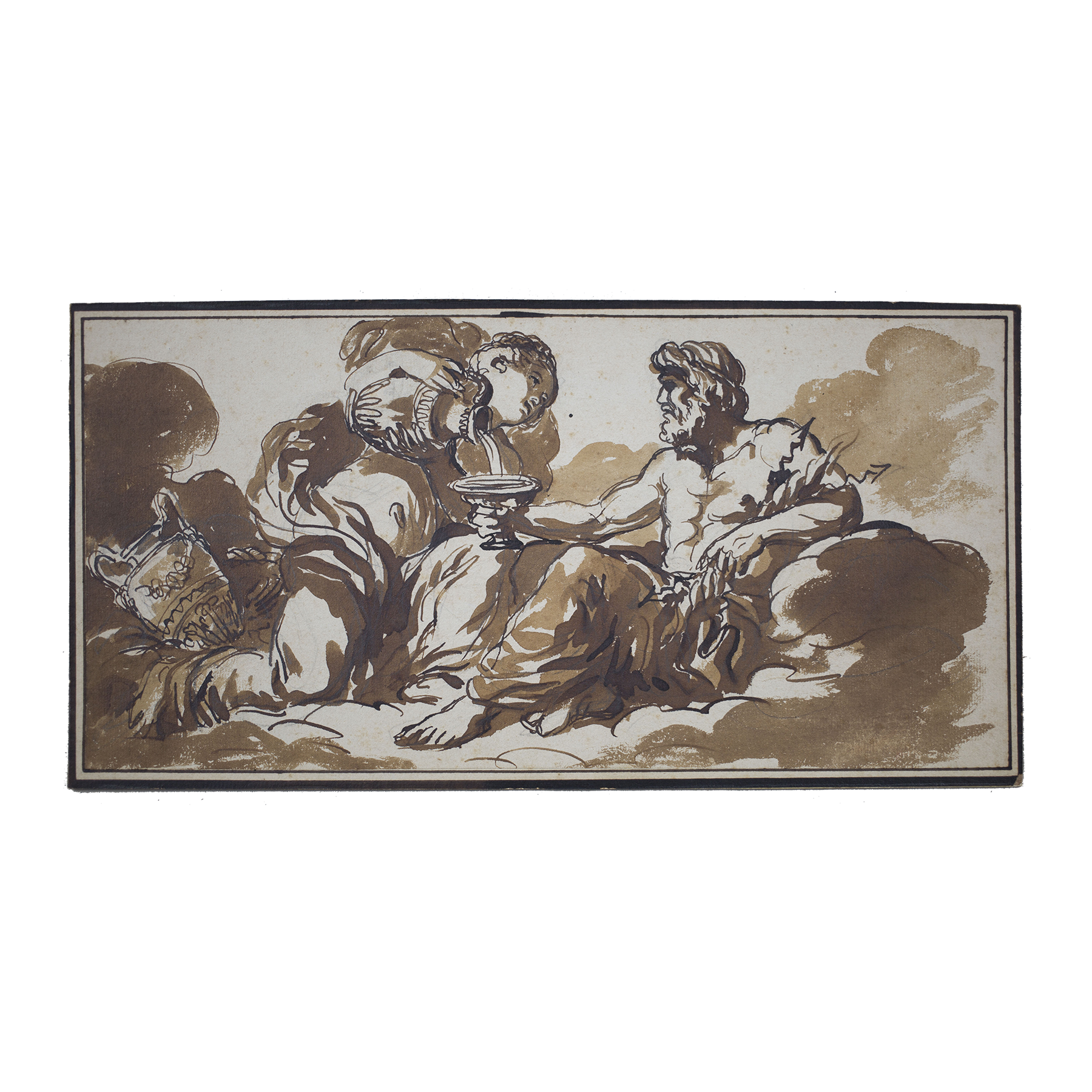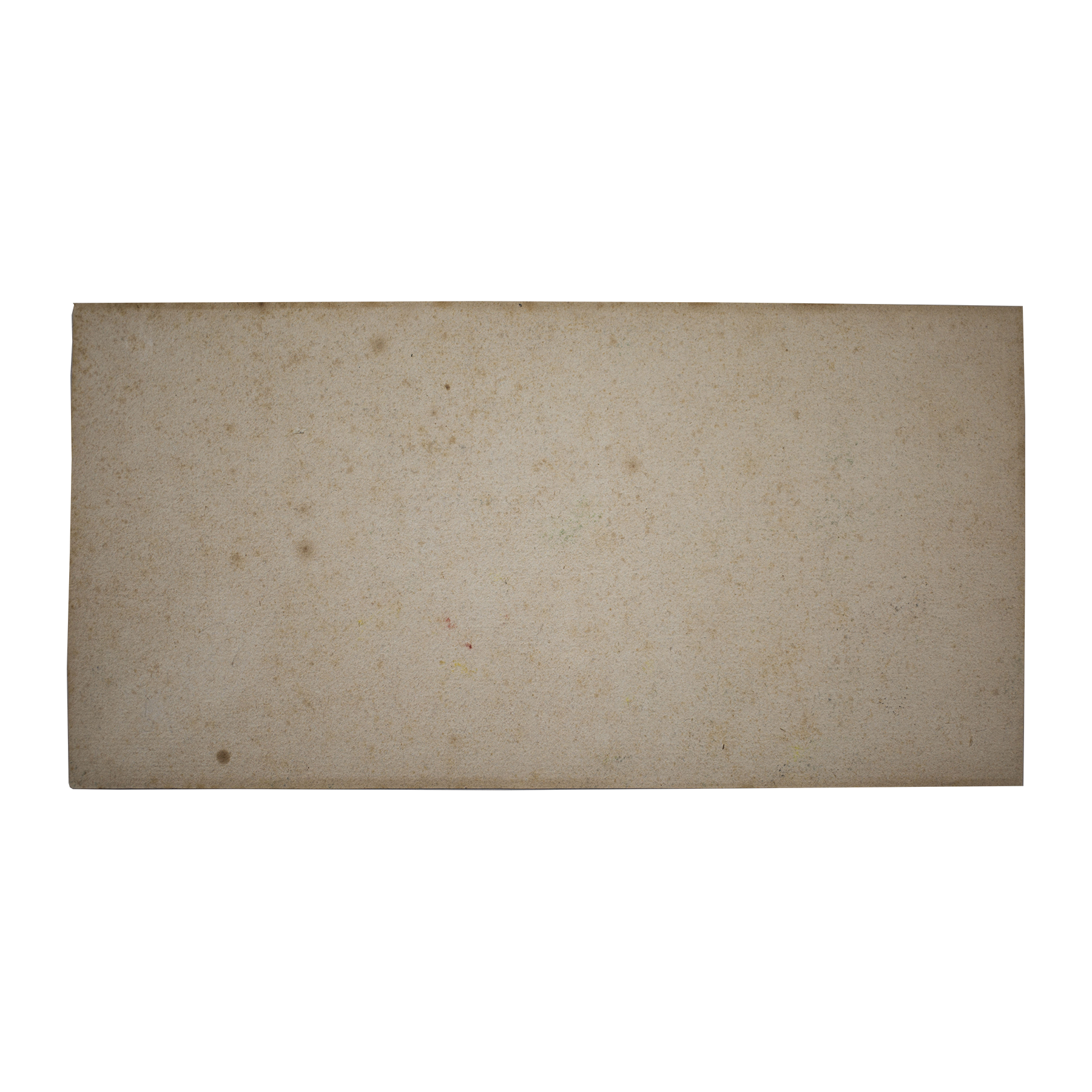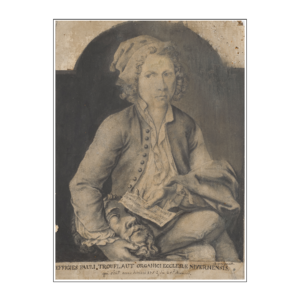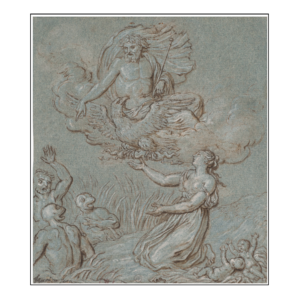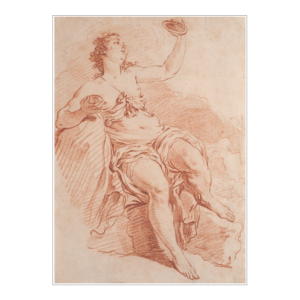Pierre Lelu
Paris 1741 – Paris 1810
Jupiter receiving Hebe’s nectar
Brown ink and wash.
165 x 337 mm – 6 1/2 x 13 1/4 in.
Pierre Lélu, born in 1741 into a family of goldsmiths, was the son of Claude Lélu and Marie-Geneviève Paris. Although his parents expressed the wish that he become a doctor, Pierre showed a pronounced taste for fine arts from childhood. After being trained in the workshops of François Boucher and Gabriel-François Doyen, he devoted himself to engraving genre and religious subjects. In 1761 he undertook his first trip to Italy, where he made copies of works by Raphael, Le Dominiquin, and other renowned artists. Returning to Paris around 1767, he entered the service of Marquis Jean-Baptiste-Charles-François de Clermont d’Amboise, whom he accompanied to various courts in Europe as embassy secretary. He also visited Spain and Portugal before returning to Italy. In 1777, in Marseille, he was appointed as member of the Academy. From 1780 he worked in the service of the Count of Saint-Morys, a great art collector, of whom he engraved most of the drawings in his collection. During the French Revolution, Lélu made his third and final stay in Italy. In 1789, he received a commission from the Prince of Condé for a series of paintings illustrating his life. His works were exhibited at the Salon of 1793 (the Salon of the Year II), including Death of Virginia and The Hurricane. In this study with pen and brown ink, the artist depicts two figures on clouds. On the left, a young woman, draped in a long tunic, lifts an oenochoe whose drink runs in a cup held by a seated bearded man. It is about the goddess Hebe, daughter of Zeus and Hera, who is a cup-bearer of the gods in Greek mythology, serving her father, god of heaven, who is recognizable by the lightning he wears, the nectar-drink allowing the gods to enjoy Immortality.
Our drawing illustrates well Pierre Lélu’s taste for the mythological and religious subjects he draws, with vigour, favouring the pen and brown ink to sculpt the light of his large brown wash flat areas.
Condition report: Laid down on an old mount. Good general state.
